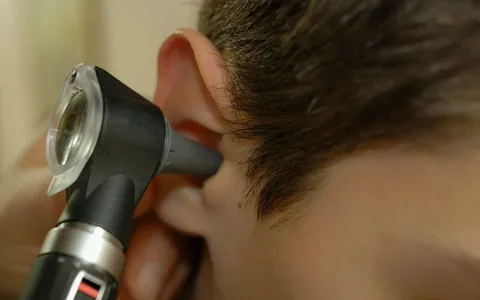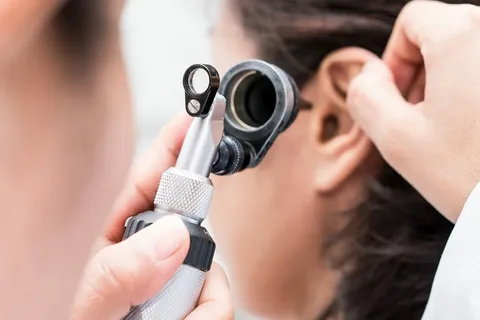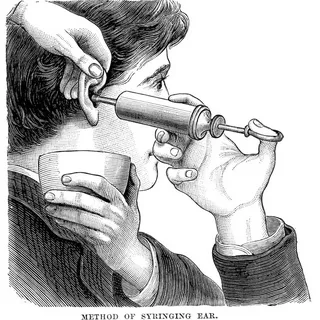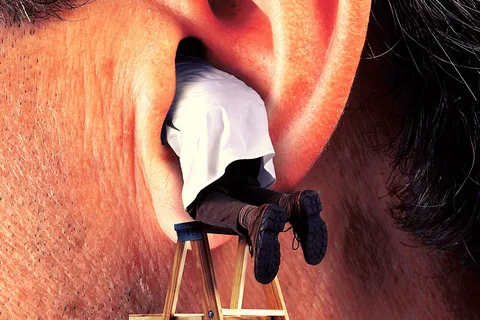Introduction
Welcome to our comprehensive guide on earwax and other ear infections. In this article, we will delve into the causes, symptoms, treatments, and preventive measures for various ear conditions. Earwax, also known as cerumen, is a natural substance produced by the ear canal to protect the ear from dust, foreign particles, and microbial infections. However, when earwax accumulates or when other infections occur, it can lead to discomfort and potential hearing problems. We will explore the different types of ear infections, their management, and common FAQs related to this topic.
1. What is Earwax?
Earwax, medically known as cerumen, is a yellowish waxy substance produced by the glands in the ear canal. It plays a vital role in protecting the ear by trapping dust, foreign particles, and preventing the entry of bacteria and other microbes. Earwax also lubricates the ear canal, preventing dryness and itchiness.
2. Causes of Earwax Buildup
Earwax buildup can occur due to several factors, including:
- Narrow Ear Canal: People with naturally narrow ear canals are more prone to earwax buildup.
- Excessive Production: Some individuals naturally produce more earwax than others.
- Blockage: Using earphones, hearing aids, or earplugs regularly can push the earwax deeper into the canal, leading to blockage.
3. Symptoms of Excessive Earwax
When earwax accumulates and becomes impacted, it can cause the following symptoms:
- Hearing Loss: A sensation of muffled or reduced hearing.
- Earache: Discomfort or pain in the ear.
- Tinnitus: Ringing or buzzing sounds in the ear.
- Dizziness: Feeling off-balance or experiencing vertigo.
- Itching: Persistent itching inside the ear canal.
4. How to Safely Remove Earwax?
It’s important to approach earwax removal with caution to prevent injury to the ear canal. Here are some safe methods for removing excess earwax:
- Ear Drops: Over-the-counter ear drops can help soften the earwax, making it easier to remove.
- Irrigation: A healthcare professional may perform ear irrigation using warm water to flush out the earwax.
- Microsuction: In some cases, microsuction may be necessary to remove stubborn earwax. This procedure is usually done by an ear, nose, and throat specialist.
Remember to avoid using cotton swabs or other objects that can push the earwax deeper or cause damage to the ear canal.
5. Types of Ear Infections
There are various types of ear infections that can affect different parts of the ear. The most common types include:
5.1 Otitis Media
Otitis media is an infection that affects the middle ear, which is located behind the eardrum. It is commonly seen in children and can cause pain, fluid accumulation, and temporary hearing loss.
5.2 Otitis Externa
Otitis externa, also known as swimmer’s ear, is an infection that affects the outer ear canal. It is often caused by water remaining in the ear after swimming or bathing, creating a moist environment ideal for bacterial growth.
5.3 Swimmer’s Ear
Swimmer’s ear is a specific type of otitis externa caused by water exposure. It can cause itching, redness, pain, and swelling of the outer ear.
6. Common Symptoms of Ear Infections
Ear infections can present with various symptoms depending on the type and severity of the infection. Common symptoms include:
- Ear Pain: Sharp or dull pain in the ear.
- Fever: A high body temperature may accompany an ear infection.
- Fluid Drainage: Pus or clear fluid draining from the ear.
- Hearing Loss: Partial or temporary hearing loss.
- Irritability: Especially in infants and young children.
7. Treatment Options for Ear Infections
Treatment for ear infections may vary depending on the type and severity. Here are some common treatment options:
7.1 Antibiotics
Bacterial ear infections often require antibiotic treatment to clear the infection. Your healthcare provider will prescribe the appropriate antibiotic based on the specific bacteria causing the infection.
7.2 Pain Relief Medication
Over-the-counter pain relievers such as acetaminophen or ibuprofen can help alleviate ear pain. However, consult with a healthcare professional before administering these medications to children.
7.3 Ear Drops
Ear drops containing antibiotic or antifungal agents may be prescribed to treat external ear infections. These drops help clear the infection and relieve symptoms.
7.4 Surgical Intervention
In severe cases or when complications arise, surgical intervention may be necessary. Procedures such as myringotomy or tympanostomy tube placement can help drain fluid and prevent recurrent infections.
8. Preventive Measures for Ear Infections
Taking proactive steps to prevent ear infections is essential. Here are some preventive measures to consider:
8.1 Good Ear Hygiene
Clean your ears regularly using a soft washcloth. Avoid inserting any objects into the ear canal, as this can push wax deeper or cause injury.
8.2 Avoiding Foreign Objects
Keep small objects, such as cotton swabs or hairpins, away from your ears. These objects can damage the ear canal or push wax deeper, leading to blockages.
8.3 Avoiding Excessive Water Exposure
When swimming or bathing, use earplugs or a swim cap to prevent water from entering the ear canal. Dry your ears thoroughly after water exposure.
9. Frequently Asked Questions (FAQs)
9.1 Can earwax cause hearing loss?
Yes, excessive earwax buildup can cause hearing loss. It can block the ear canal, preventing sound waves from reaching the eardrum.
9.2 Is it safe to use cotton swabs to clean ears?
No, it is not recommended to use cotton swabs or any other objects to clean the ears. This can push the wax deeper, potentially causing damage to the ear canal or eardrum.
9.3 How often should I clean my ears?
Cleaning your ears once a week is generally sufficient for most individuals. However, if you experience symptoms of excessive earwax buildup, consult a healthcare professional for guidance.
9.4 Can ear infections be contagious?
Yes, some types of ear infections, especially those caused by bacteria or viruses, can be contagious. It is important to practice good hygiene and avoid close contact with individuals who have active ear infections.
9.5 What are the risk factors for developing ear infections?
Risk factors for developing ear infections include age (children are more susceptible), frequent respiratory infections, exposure to secondhand smoke, and attending daycare or crowded environments.
9.6 Are there any natural remedies for ear infections?
While some individuals find relief from natural remedies, it is crucial to consult with a healthcare professional for an accurate diagnosis and appropriate treatment. Natural remedies alone may not effectively treat ear infections.
10. Conclusion
Earwax and other ear infections can be uncomfortable and potentially affect your hearing. It is important to understand the causes, symptoms, treatment options, and preventive measures associated with these conditions. Remember to practice good ear hygiene, avoid inserting objects into the ear canal, and seek medical attention if you experience persistent ear pain, hearing loss, or other concerning symptoms. By taking proper care of your ears, you can maintain good ear health and prevent unnecessary discomfort.




